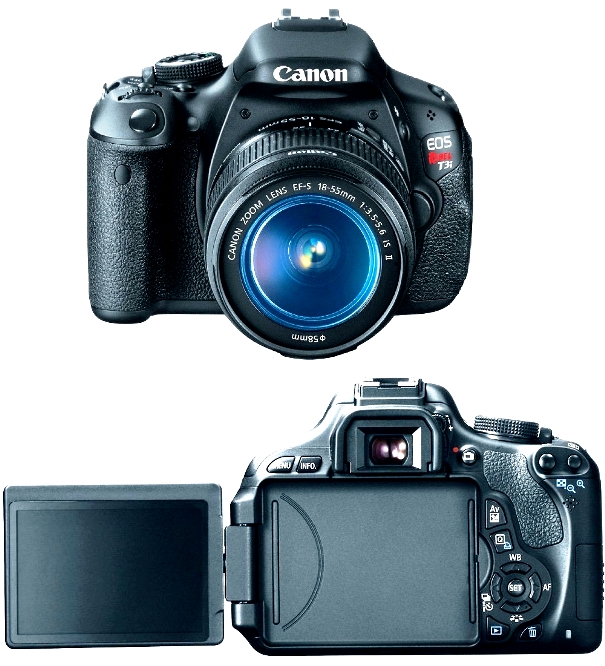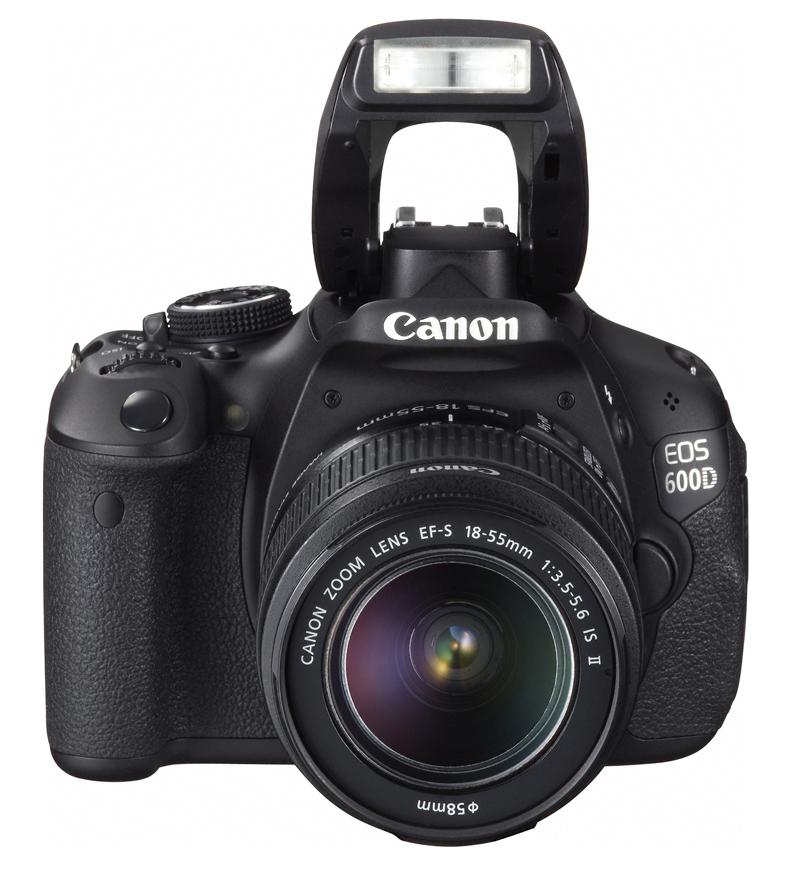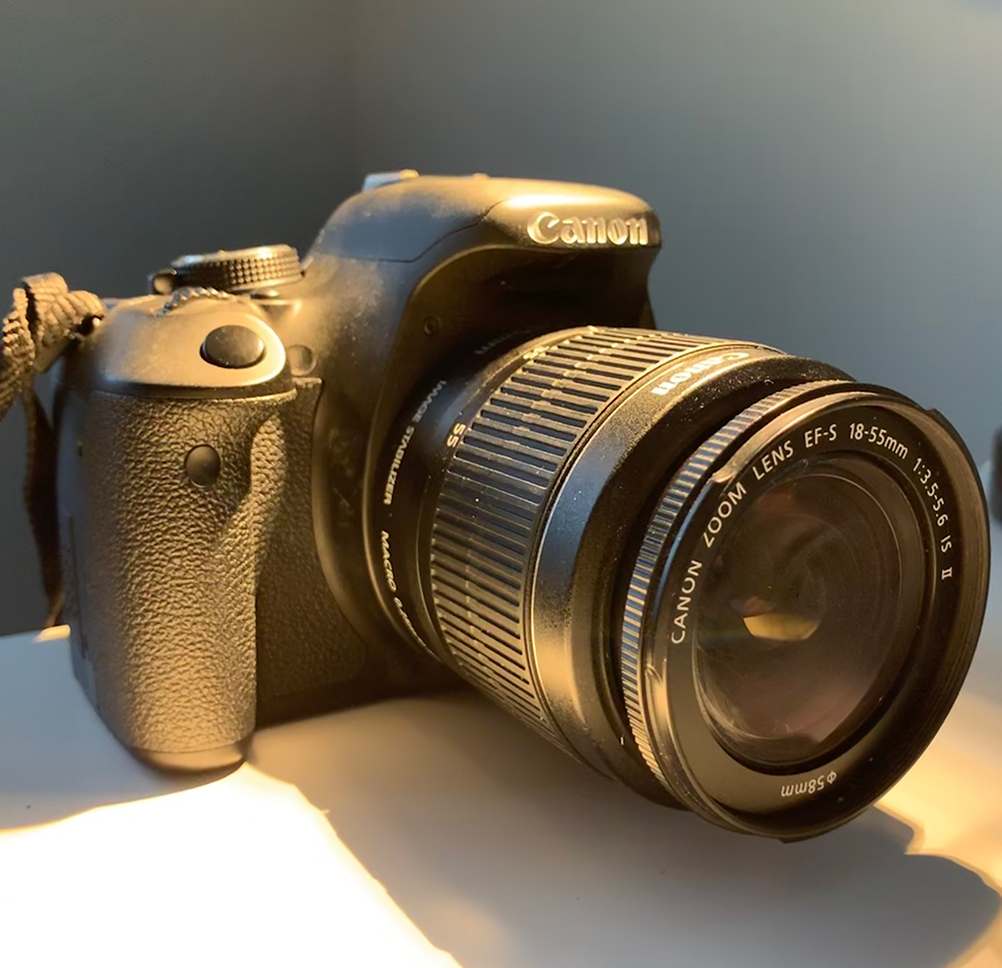


Since picking up the 600D in 2016, I’ve used some powerful cameras for astrophotography (including a monochrome CCD), but I still find uses for this old DSLR today. This particular camera helped me capture stunning images of the night sky for the past 4 years, whether it was through a telescope, or with a camera lens attached. I’ve been using a Canon EOS Rebel T3i for astrophotography since 2016. This will, of course, be a stock model of the camera, but you can modify it by removing the internal IR cut filter (more on this a little later). You can pick up a used Canon EOS Rebel T3i (600D) DSLR for under $200 on eBay, and it will likely include a kit lens (18-55) with it. (I’ve got plenty of unmodified DSLR astrophotos to prove it).

And no, it doesn’t need to be modified to achieve impressive results. In this post, I’ll prove to you that incredible astrophotography results are possible with an old, used, entry-level DSLR camera. In a hobby known for being very expensive, I think it is very interesting that such results can be obtained using an old, inexpensive camera. In a recent video, I shared my results using a $200 DSLR for astrophotography.


 0 kommentar(er)
0 kommentar(er)
